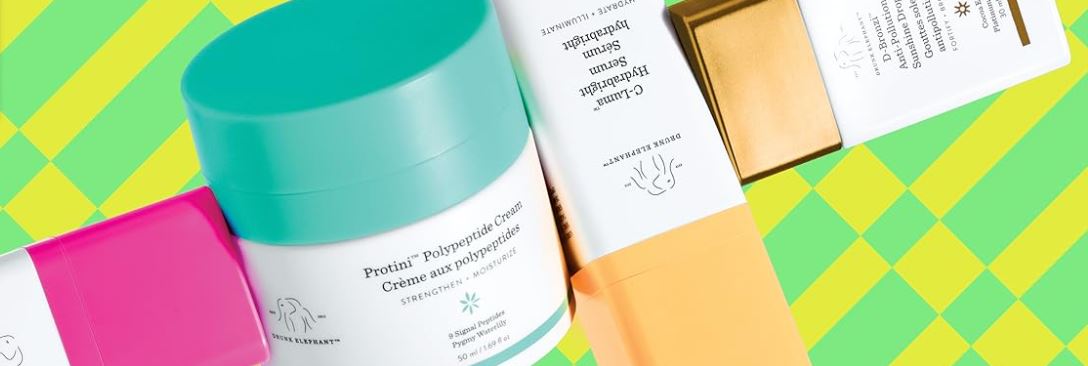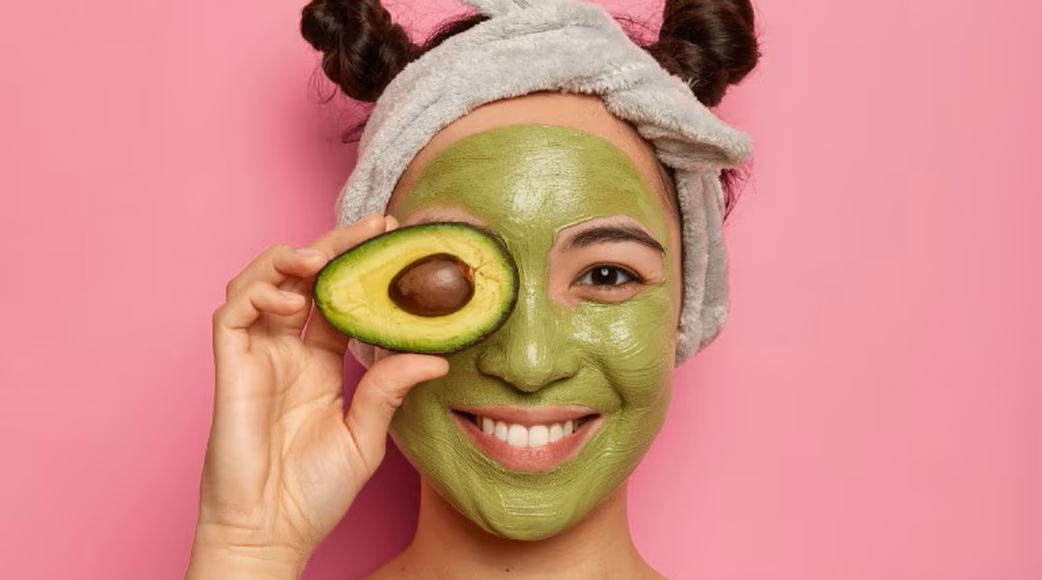A young Nigerian boy, Chibuikem Nwadike, developed a reaction that nearly led to his death after consuming a pack of juice. He drank Viva Jus juice and he got so sick he had to be admitted to the hospital in the first week of December 2017. At the hospital, it was revealed he was allergic to the fruit juice and that led to him suffering from Stevens-Johnson Syndrome (see definition below)…


The child got so bad that his eyes were bloodshot red, his lips were badly bruised and bleeding, his skin was also bruised and bleeding, and from photos shared by his mother, it also seems he was throwing up blood.

Doctors and nurses thought he will not survive it but, miraculously, he did. His mother, Ifunanya Nwadike shared the good news as he marked his birthday. The handsome child is better now according to his mother but photos show that his lips and skin are still slightly scarred.

Stevens–Johnson syndrome (SJS) is a type of severe skin reaction. Together with toxic epidermal necrolysis (TEN) it forms a spectrum of disease, with SJS being less severe. Early symptoms include fever and flu-like symptoms. A few days later the skin begins to blister and peel forming painful raw areas. Mucous membranes, such as the mouth, are also typically involved. Complications include dehydration, sepsis, pneumonia, and multiple organ failure.
The most common cause is certain medications such as lamotrigine, carbamazepine, allopurinol, sulfonamide antibiotics, and nevirapine. Other causes can include infections such as Mycoplasma pneumoniae and cytomegalovirus or the cause may remain unknown. Risk factors include HIV/AIDS and systemic lupus erythematosus.
The diagnosis is based on involvement of less than 10% of the skin. It is known as TEN when more than 30% of the skin is involved and an intermediate form with 10 to 30% involvement. SJS/TEN reactions are believed to follow a type IV hypersensitivitymechanism. Erythema multiforme (EM) is generally considered a separate condition.
Treatment typically takes place in hospital such as in a burn unit or intensive care unit. Efforts may include stopping the cause, pain medication, antihistamines, antibiotics, intravenous immunoglobulins, or corticosteroids.
Together with TEN it affects 1 to 2 people per million per year. It is twice as common in males as females. Typical onset is under the age of 30. Skin usually regrows over two to three weeks; however, complete recovery can take months.





















